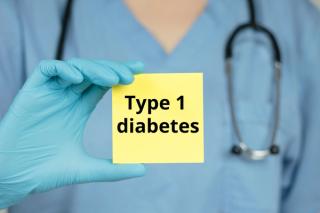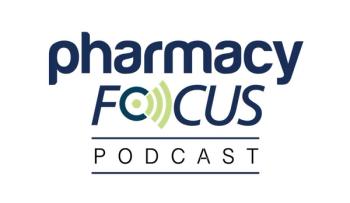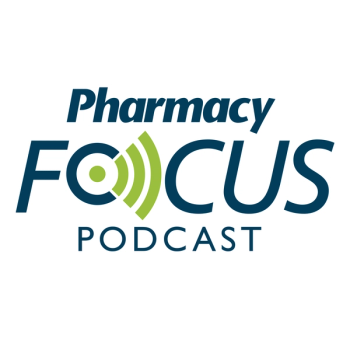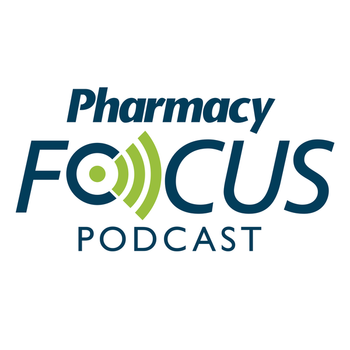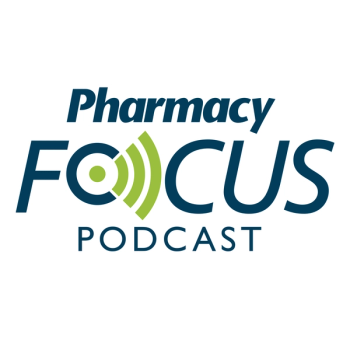
Diabetes
Latest News
Latest Videos

Shorts

Podcasts
CME Content
More News

Researchers unveil a pharmacist-led intervention to enhance hypoglycemia management in older adults with type 2 diabetes, improving patient outcomes.

Maternal type 1 diabetes may influence children's DNA, potentially reducing their risk of developing islet autoimmunity.

Low-dose aspirin significantly reduces heart attack, stroke, and death risks in adults with type 2 diabetes and elevated cardiovascular risk.

Explore the rising prevalence of diabetes in the US, its various types, and the critical role pharmacists play in patient care.

Environmental factors significantly influence the rising rates of type 2 diabetes in children.

Inhaled insulin Afrezza offers a rapid-acting alternative for children with type 1 diabetes, enhancing blood glucose control and patient satisfaction.

Research reveals that poor glycemic control in adolescents with type 1 diabetes significantly increases the risk of developing neuropathy in adulthood.

Biolinq Shine Receives FDA De Novo Classification as First Multianalyte Wearable for Type 2 Diabetes
Biolinq Shine, a wearable biosensor, revolutionizes diabetes management with real-time glucose, activity, and sleep tracking.

GLP-1 receptor agonists enhance glycemic control and weight management in youth with type 2 diabetes (T2D) and obesity; however, safety concerns persist.

Researchers uncover a brain circuit linking stress to increased blood glucose, revealing insights into stress's role in type 2 diabetes (T2D) development.
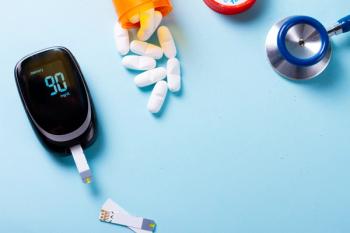
Individuals with learning disabilities face a heightened risk of severe type 2 diabetes (T2D), leading to increased mortality despite better glycemic control.

An international BMJ panel recommended broader use of SGLT-2 inhibitors and GLP-1 receptor agonists.

The sensor detects acetone levels in the breath to indicate diabetes.

Simplifying complex information through illustrations and storytelling helps patients feel that managing their condition is achievable.

New research uncovers a pathway linking diabetes and heightened blood clot risks, paving the way for innovative treatments to prevent cardiovascular complications.
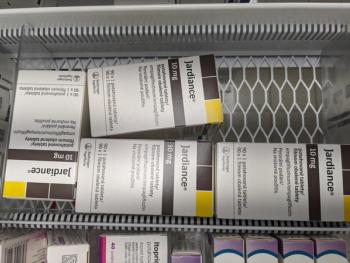
The number of patients prescribed SGLT2 inhibitors is growing.

Pharmacists should consider GLP-1 receptor agonists as second-line agents in older adults with DKD when additional glycemic control is needed.

Researchers reveal that saliva tests for insulin levels offer a noninvasive method to predict type 2 diabetes and obesity risks effectively.

Amy C. Nieto explains essential guidelines for managing diabetes during Ramadan, ensuring safe fasting practices and optimal health for patients.

A new study reveals that individuals with type 2 diabetes (T2D) face significant financial hardships, impacting their health and medication adherence.
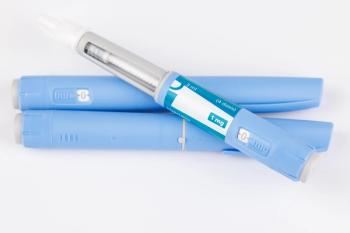
GLP-1 receptor agonists show promise in improving survival rates for older patients with cancer who have type 2 diabetes (T2D), highlighting their potential in oncology.
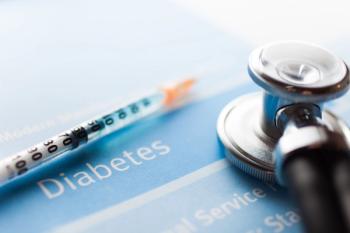
Insights from the American Diabetes Association 85th Scientific Sessions.
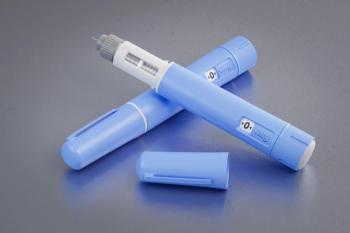
Pharmacists are pivotal in optimizing GLP-1 receptor agonist therapy.

Critically ill patients treated with a pharmacist-managed insulin protocol achieved higher rates of glucose control than those treated with conventional methods.

Different dietary strategies, including intermittent energy restriction, enhance weight loss and blood sugar control in those with type 2 diabetes (T2D) and obesity.








